Uttar Pradesh Police neutralise a wanted robber in an early-morning encounter on Azamgarh-Varanasi Road; third such shoot-out in eastern UP this month signals intensified drive against repeat offenders.
By Sarhind Times UP Bureau
Azamgarh | October 19, 2025
The chill of dawn hadn’t yet lifted from the fields near Tahbarpur village when the gunfire broke out.
By 7:10 a.m., Uttar Pradesh Police had shot dead Ashfaq Ahmad alias “Babu”, a 30-year-old robbery suspect carrying a ₹50,000 reward on his head, ending a week-long manhunt that had stretched across Azamgarh, Jaunpur and Mau.
Police say the accused opened fire when a patrol team intercepted two men on a motorcycle near the Azamgarh-Varanasi highway. In the cross-fire that followed, Ahmad was hit twice in the chest while his accomplice managed to flee into adjoining sugarcane fields.
A country-made pistol, live cartridges and a stolen SUV were recovered from the spot.
“The encounter followed standard procedure. The accused fired first, forcing retaliatory fire in self-defence,”
— Superintendent of Police ( City ) Abhishek Pandey, briefing reporters.
From Robberies to Reward: The Path to the Encounter
According to police records, Ahmad was part of a five-member gang involved in a string of highway robberies targeting fuel-tanker drivers and small traders.
On October 8, the gang allegedly looted ₹11 lakh in cash and jewellery from a businessman travelling from Mau to Varanasi. CCTV footage of the suspects abandoning a stolen Bolero in Sarai Mir helped investigators narrow down the trail.
Teams from the crime branch and special operations group (SOG) tracked digital clues — mobile pings and recharges — that placed Ahmad near Azamgarh for several days before the encounter.
Officials believe the gang had shifted base every 48 hours to evade capture.
“They were well-networked and armed; they knew the terrain. We treated this like a counter-insurgency grid,”
said a senior SOG officer on condition of anonymity.
Morning Chase on Azamgarh–Varanasi Highway
At 5:30 a.m., a local tip-off alerted police that two men on a motorcycle were heading towards Varanasi through the Tahbarpur route.
A naka (roadblock) was set up near a canal bridge.
As the riders approached, they allegedly sped past the barricade, ignoring warnings. Police vehicles pursued them for three kilometres before one of the suspects opened fire.
The exchange lasted about ten minutes.
Ahmad was found injured in the field with two gunshot wounds and was declared dead on arrival at the district hospital.
Forensic experts collected cartridge casings and fingerprints from the scene; the pistol is being sent for ballistic examination.
Crackdown Across Eastern Uttar Pradesh
This was the third encounter in eastern UP in the last three weeks — part of a renewed law-and-order offensive ordered by the state home department.
Earlier shoot-outs in Mau and Ballia had resulted in two gang leaders being arrested and one neutralised.
Police sources said the strategy aims to break the nexus of local robbery rings operating under the guise of small transport unions and loan recovery agencies.
“We are mapping every active criminal in Azamgarh division through AI-linked databases and predictive patrolling grids,”
— DIG (Eastern Range) Manoj Rawat.
So far, 58 persons with criminal backgrounds have been rounded up and 70 firearms seized since September.
Witness Accounts & Local Reaction
Residents of Tahbarpur heard gunfire echo through the fields shortly after sunrise. Some recorded videos showing smoke and police jeeps arriving within minutes.
A shopkeeper told Sarhind Times:
“We were terrified at first, but people here support the police drive. Highway robberies had made nights unsafe for truckers and farmers.”
Local truck unions welcomed the crackdown, stating that goods transport between Azamgarh and Varanasi had seen a rise in theft and extortion attempts in recent months.
The Legal Protocol: Magisterial Inquiry & NHRC Report
As per procedure, a magisterial inquiry has been ordered into the incident.
The National Human Rights Commission (NHRC) and State Human Rights Panel have been informed.
District Magistrate Anita Yadav confirmed that post-mortem was videographed and all evidence preserved.
“We will ensure complete transparency. Every encounter must stand judicial scrutiny,” she said.
Family members of the deceased claimed he was “falsely framed”, a claim police dismissed citing his extensive record of cases under Sections 392 (robbery) and 397 (armed robbery) of the IPC.
Encounter Debate Returns
The incident has reignited the old debate around “encounter justice” in Uttar Pradesh.
While officials defend it as a necessary tool to curb violent crime, rights groups urge greater judicial oversight.
Human Rights Law Network ( HRLN ) issued a statement reminding that Article 21 guarantees the right to life and due process even for accused persons.
“Accountability and transparency are vital. Otherwise, public faith erodes,” the statement read.
However, citizen sentiment in Azamgarh appears largely supportive of the police action, given a spike in armed robberies and road hold-ups since July.
Technology in Policing: Data Meets Duty
Sources in Lucknow revealed that the Home Department has approved a pilot AI module called “Crime-Map 360” that predicts hotspots based on past offence data and real-time inputs from patrol teams.
Azamgarh and Bareilly are the first districts to implement it.
The system is linked to CCTV feeds and vehicle registration databases, enabling alerts when a known offender’s vehicle enters a monitored zone.
Police officials believe tech-enabled patrolling and predictive modelling will reduce future encounters by preventing crime before it erupts.
Political Undercurrents
Opposition parties reacted quickly. Samajwadi Party spokesperson Anurag Bhadauria alleged that the Yogi Adityanath government was “normalising encounters for optics”.
BJP leaders countered that UP had witnessed “record decline in dacoity and kidnapping” since 2017.
Analysts say encounters have become politically charged symbols — toughness for some, transgression for others.
Yet public fear of crime remains a decisive factor in eastern UP electoral moods.
Voices from the Ground
Truck drivers on the Azamgarh–Varanasi route shared that armed gangs would often block roads with tractors and loot vehicles under cover of darkness.
“We carry cash for diesel and toll; they knew exactly when to strike. Now we breathe easier,” said driver Shailesh Yadav.
Farmers living near Tahbarpur echoed similar relief but urged for street lighting and permanent police outposts.
Editorial Perspective: Law, Justice & Perception
The Azamgarh encounter captures a recurring dilemma in Indian policing: the thin line between swift justice and due process.
When public patience runs out against rising crime, encounters appear popular — but the rule of law demands scrutiny.
For citizens, the real measure of safety lies not in gunfire statistics but in the quiet confidence that law protects without prejudice.
As Uttar Pradesh modernises its police force, balancing firmness with fairness will define its true legacy.
#Azamgarh #UPPolice #LawAndOrder #Encounter #CrimeControl #UttarPradesh #SarhindTimes
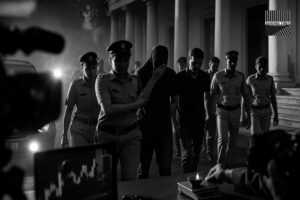

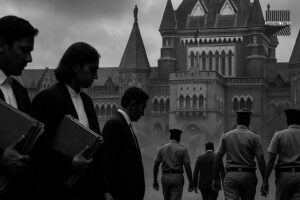

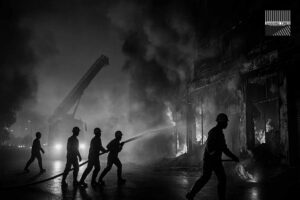






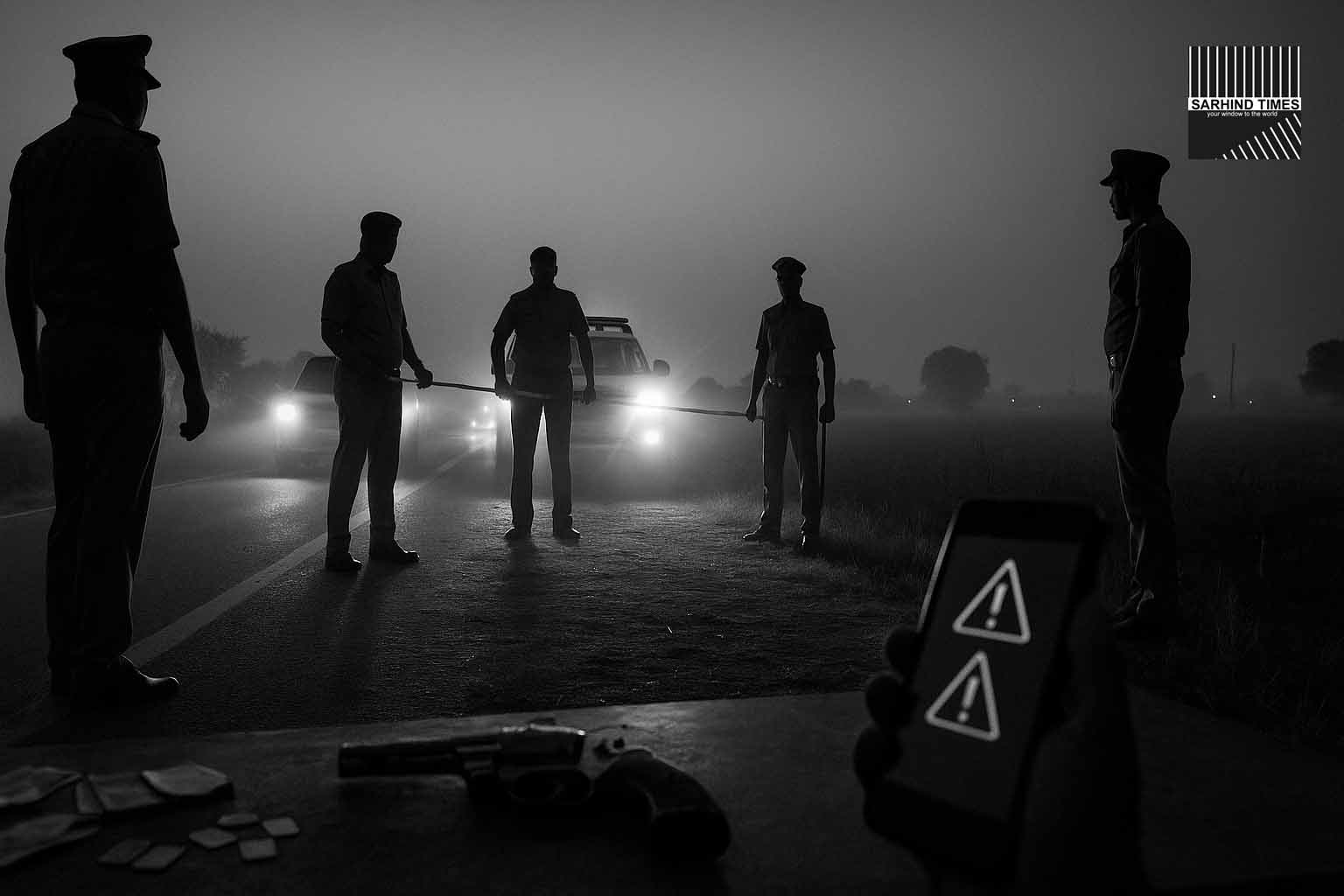
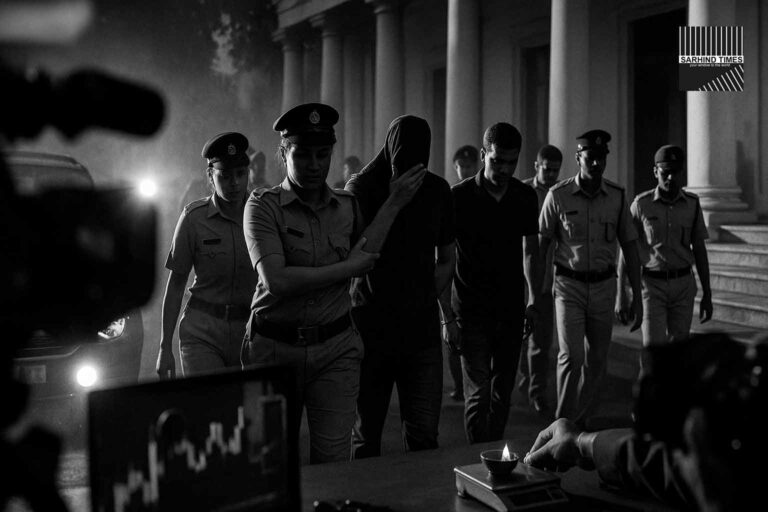
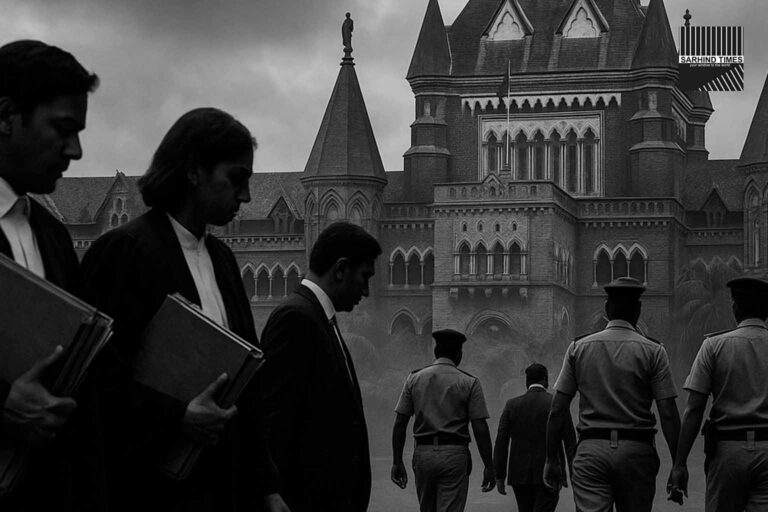
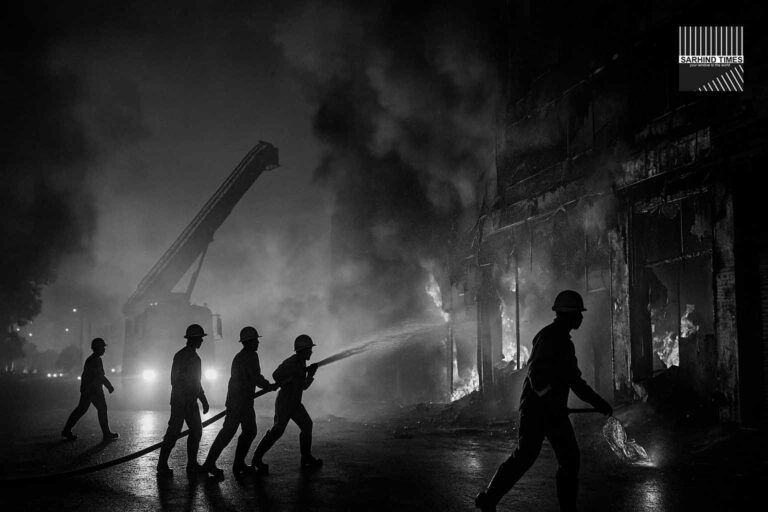
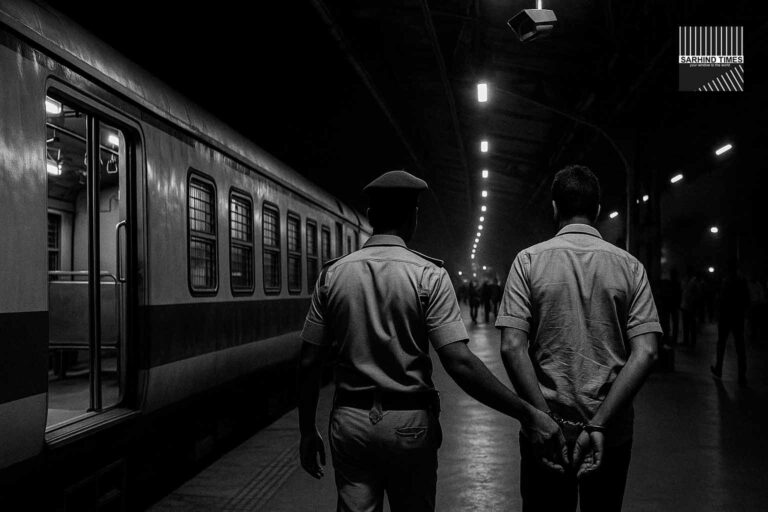




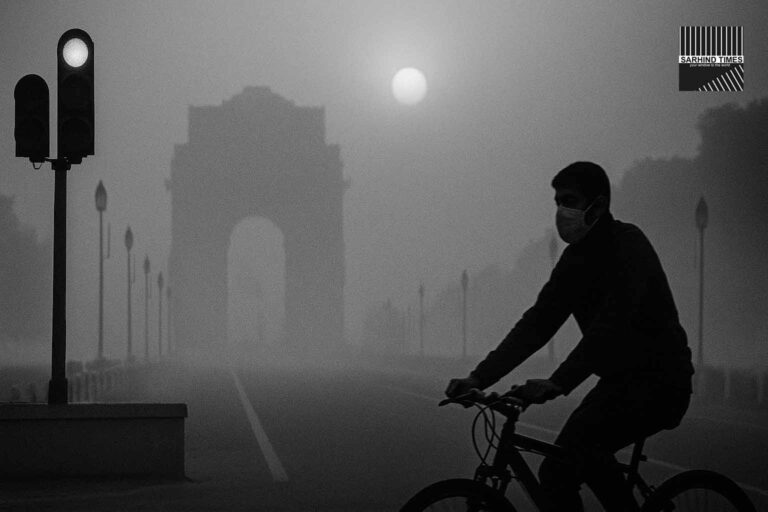
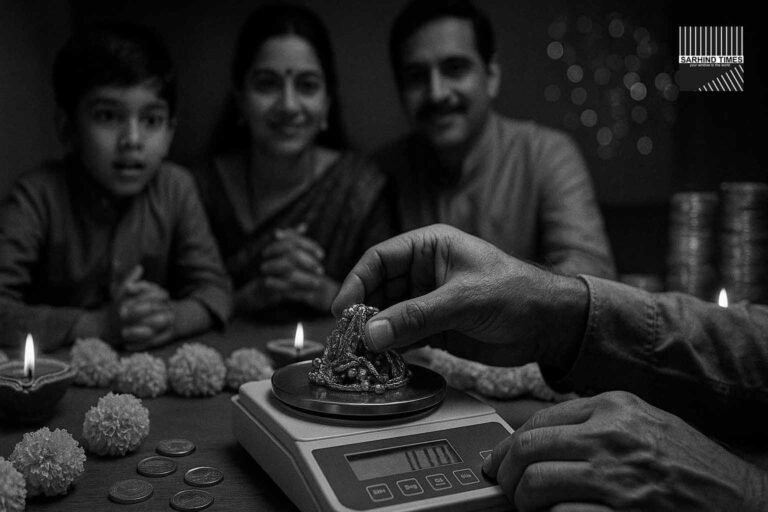
+ There are no comments
Add yours